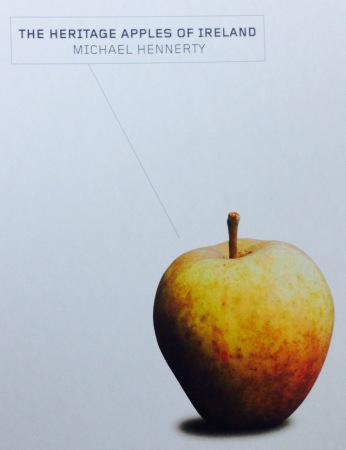On that issue of collaboration between national programmes and international genebanks, which we alluded to yesterday when we were talking about ICARDA and Morocco, it might be worth highlighting another example. We Nibbled this before, but it can stand a bit more exposure.
The new genebank of Embrapa, which opened in April this year at Cenargen, one of the 46 units of the Brazilian Agricultural Research Corporation in Brasilia, received today (06/11) the first deposit from an international collection of plant genetic resources. This is a backup of [part of] the potato collection from CIP (International Potato Center) in Peru, which has four thousand samples of wild species and cultivated varieties, and is the most diverse and extensive in the world, as the country [together with neighbours] is the genetic cradle of this Andean crop. This first instalment consisted of 180 [in vitro] samples from nine varieties. The next shipment will be sent in February 2015 and by the middle of next year, probably the whole collection will have arrived in Brazil.
That’s a translation from an Embrapa press release, ((Why news of this should be missing from CIP’s own recent pean to safety duplication is beyond me.)) by me via Google Translate. Vegetatively propagated (or clonal) crops such as potato and cassava, which are conserved in the field and in tissue culture, require a bit more effort for safety duplication compared to seed crops. See, for example, what’s going on with bananas. It’s great to see CIP and Embrapa coming together in this way. Maybe Embrapa could also eventually safety duplicate in reciprocal fashion its own collections in the international centres. Its cassava clonal collection is very important, for example, and not safety duplicated. Look at Table 3 on page 21 of the global cassava conservation strategy (pdf), and then read the discussion on page 41:
Column 14 [of Table 3] indicates the importance of introducing national program accessions that are not yet represented in the international centers, for safety duplication (see also later sections). These low, medium and high priorities are based on number of in situ or ex situ materials not yet at CIAT or IITA, and the relative importance of that country’s cassava genetic diversity. Critical countries for further representation in the international centers are: Brazil, Peru, Republic of Congo, Côte d’Ivoire, D.R. Congo, Malawi, Mozambique, Rwanda, Uganda and Tanzania, along with several other countries of medium urgency.
Some seeds from Embrapa are already in Svalbard. But there’s no Svalbard for clonal collections, alas.
 Our office complimentary copy of Michael Hennerty’s The Heritage Apples Of Ireland has arrived, and it’s a real beauty. We somehow missed the announcement of its publication back in the summer.
Our office complimentary copy of Michael Hennerty’s The Heritage Apples Of Ireland has arrived, and it’s a real beauty. We somehow missed the announcement of its publication back in the summer.